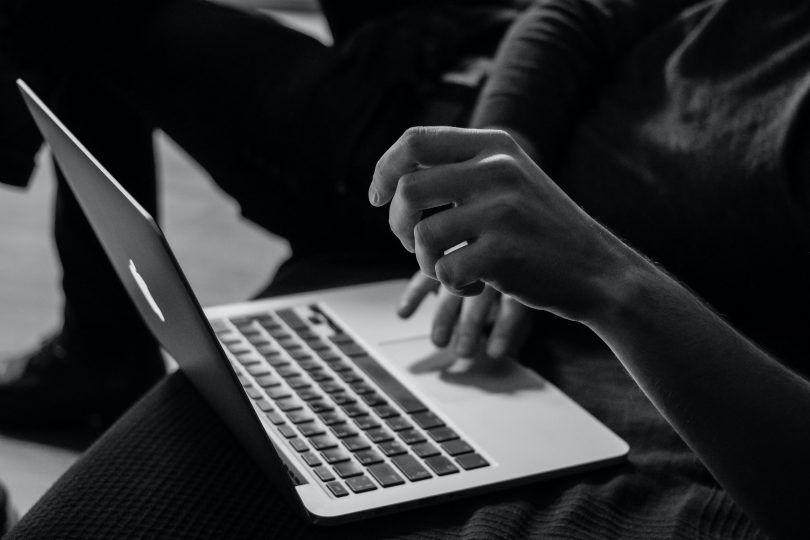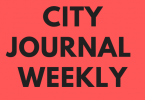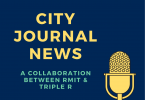Herald Sun police and crime reporter Brianna Travers reflects on the online abuse suffered by female journalists
Women journalists face a struggle for gender equality and freedom of expression in the face of a deluge of online abuse.
A 2016 Media Entertainment and Arts Alliance (MEAA) survey found a significant proportion of female journalists had experienced online harassment, trolling and stalking during their work.

Brianna Travers. Photo by Tahlia Sinclair
While both male and female journalists receive online abuse, abuse directed towards women is mostly based on their gender.
Alex Wake writes female journalists face gendered abuse such as sexual harassment, slut-shaming, doxxing, rape and death threats.
More than a symptom of the general misogyny in our society, female journalists are particularly vulnerable to digital attacks because of their public profile and perceived outspokenness on sometimes contentious issues.
The abuse of women who belong to groups outside of the straight white middle-class, such as women belonging to an ethnic minority or identifying as LGBTQI+, is even more intensified due to these aspects of identity.
In their report ‘Don’t Read The Comments’, the MEAA and Gender Equity Victoria outline that the problem of online abuse is particularly pertinent as the online space has become an extension of a journalist’s workplace.
Journalists are expected to use social media channels to promote and discuss their work.
And so comment sections on websites, Twitter, Facebook and other social media apps have become a space in which journalists must engage, despite the lack of protective measures implemented.
The insidious problem of online harassment of female journalists has further increased through the coronavirus pandemic.
A survey conducted by the International Center For Journalists and the Tow Center for Journalists at Columbia University found 16 per cent of women respondents said online abuse and harassment was “much worse than normal”.
 The consequence of online abuse can be highly damaging. Online harassment can cause psychological injury, ruin journalists’ reputations, and force them out of the industry.
The consequence of online abuse can be highly damaging. Online harassment can cause psychological injury, ruin journalists’ reputations, and force them out of the industry.
It can escalate to physical violence and has led to the murder of women journalists.
International Women’s Media Foundation executive director Elisa Lees Muñoz said the abuse was “clearly an effort to silence women’s voices in public spaces”.
According to The Conversation, women’s experiences of digital abuse is directly affecting the quality of journalism.
Female journalists are withdrawing from frontline reporting, self-censoring when reporting on specific topics and removing themselves from public online conversations.
Researcher Emma Jane equated the online harassment of women journalists to what she called ‘economic vandalism’ because of its impact on the victim’s career.
When the phenomenon first arose in the early stages of digital journalism, it was viewed by media organisations as something that was an “unintended consequence” of online engagement with audiences.
The responsibility to manage the problem was placed on women journalists themselves, who were advised to ‘toughen up’ or ‘grow thicker skin’.
Under the protection of anonymity, a Times reporter spoke to Vanity Fair about the male-dominated culture of newsrooms that left women journalists vulnerable to online harassment.
“Even the most open-minded media organizations are still run by men who don’t fundamentally understand the misogynistic nature of these attacks,” she said.

By The Climate Reality, Upsplash
According to the International Federation of Journalists, only 50 per cent of online abuse victims reported the attacks to their employer, union or police, and in 2 in 3 cases, nothing happened.
Advocates have called for increased moderator training in regards to comments sections on news sites and have pushed for increased social media regulation to combat misogyny and online violence.
All actors need to move to address the widespread online abuse against female journalists which threatens women’s participation in journalism in the digital age.
Featured image: Photograph is Sergey Zolkin, taken from Upsplash







